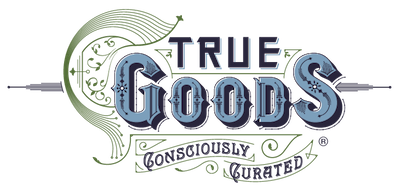
You’re probably careful about avoiding choking hazards and other common safety issues with toys, but did you know there are a wide variety of synthetic chemicals and heavy metals that could be in them? From lead and cadmium in paint, plastics, and jewelry to xylene, toluene, and phthalates in play cosmetics – when did toy boxes become a toxic minefield?
Make Toys Healthier for Children and the Planet
Here are 12 ways you can reclaim fun and reduce worry when it comes to playtime:
- Go au naturel. Look for safe toys made of natural materials like solid woods (with no finish or a non-toxic finish) and organic textiles (cotton, wool, felt, etc.).
- Simplify. Buying fewer toys is much more eco-friendly. It’s better for the planet (and your pocketbook!)
- Repurpose. Can something you already have be used as a toy? An empty box or set of stainless steel bowls can provide hours of happy play.
- Look for items that will last. High quality toys may cost a bit more, but they will last much longer and can be handed down to younger children. Likewise, you’re more apt to get money back out of them if you decide to sell.
- Read labels. What’s this toy made of? Where does it come from? Get to know a toy before you buy it.
- Look for local. Reduce greenhouse gas emissions by buying local and eco-friendly. If you’re looking at global supplies, opt for European, Canadian or Japanese imports, as other countries may have lax toy regulations.
- Opt for open-ended toys. Look for items that encourage creativity and are capable of being used for many different types of play. Wooden blocks, colorful scarves, smooth stones, and even cardboard boxes are fun, safe toys that can be the foundation for innumerable creative adventures.
- Avoid cheap jewelry and kids’ cosmetics. Both of these types of dress-up products are high-risk. Cheap jewelry often has high lead levels and kids’ cosmetics can have any number of questionable chemicals.
- Purge plastics. Okay, this is near impossible these days, but make your best effort. If you do buy plastic, look for safer plastics like those labeled #1, 2, 4, or 5 in the chasing arrows symbol usually found on the bottom of the product. Not labeled? Call the manufacturer.
- Text for Healthy Toys. HealthyToys.org is a database to help you find safer toys. You can even access it from your mobile phone. Just text keywords and you’ll receive information immediately regarding any testing that’s been done to determine whether or not a particular toy is safe.
- Sign-up for recall alerts. The Consumer Product Safety Commission posts recalls online, as does the website recalls.gov. If a toy you own is recalled, take it away immediately and follow the company’s instructions on how to get a safe toy replacement.
- Have fun! Playtime isn’t about what you have, it’s about what you do. Get down and dirty with your kids. Laugh and simply enjoy spending time together.
~ Special thanks to Healthy Child Healthy World for authoring this helpful and informative post, originally published on February 22, 2013 at healthychild.org. HCHW is a non-profit whose mission is to empower parents to take action and protect children from harmful chemicals. ~
